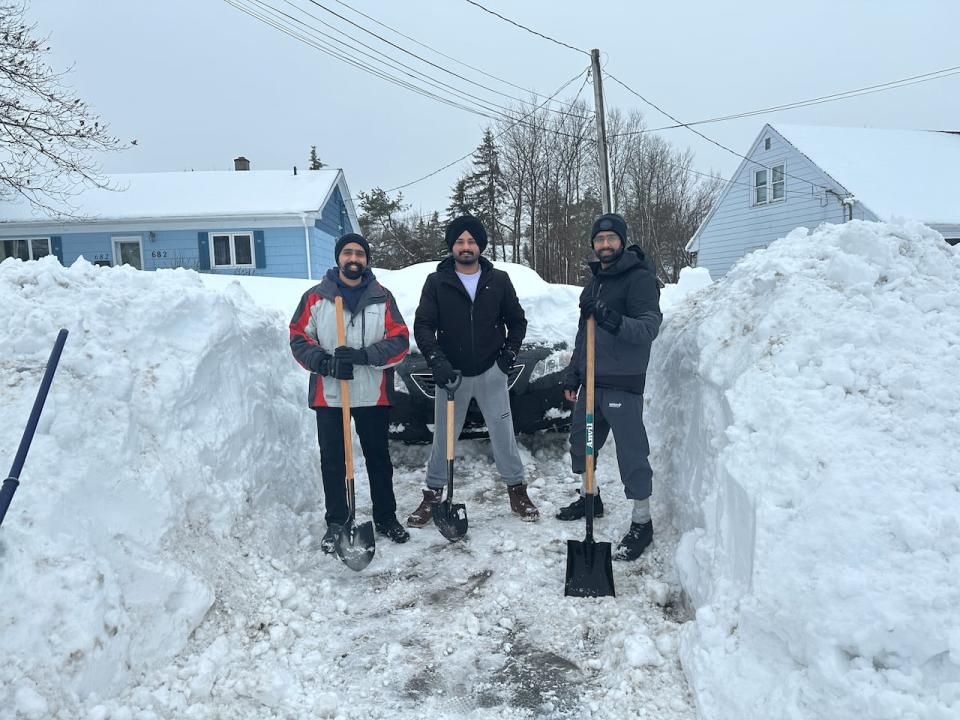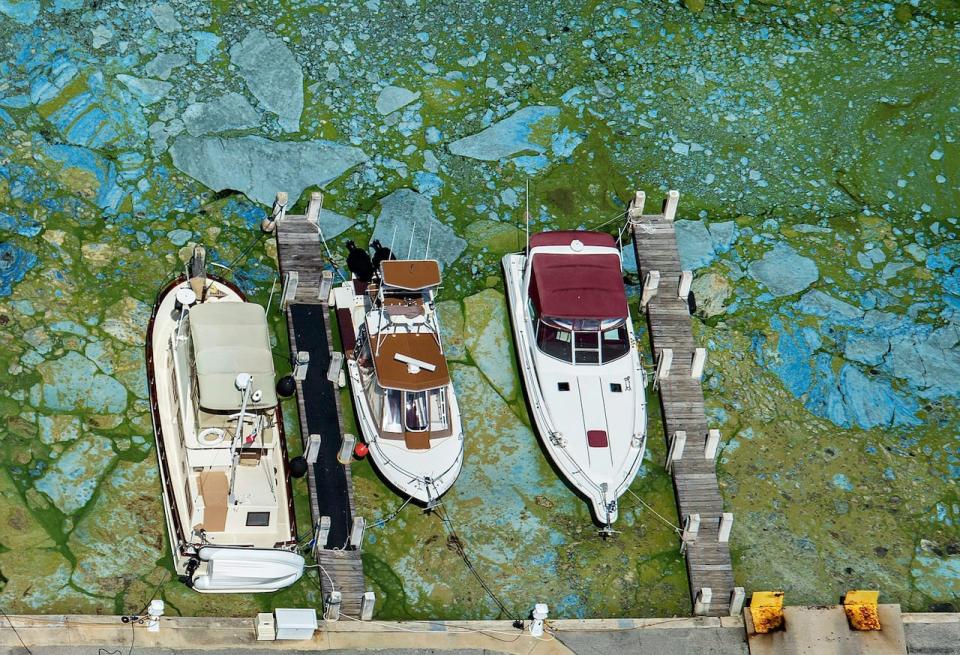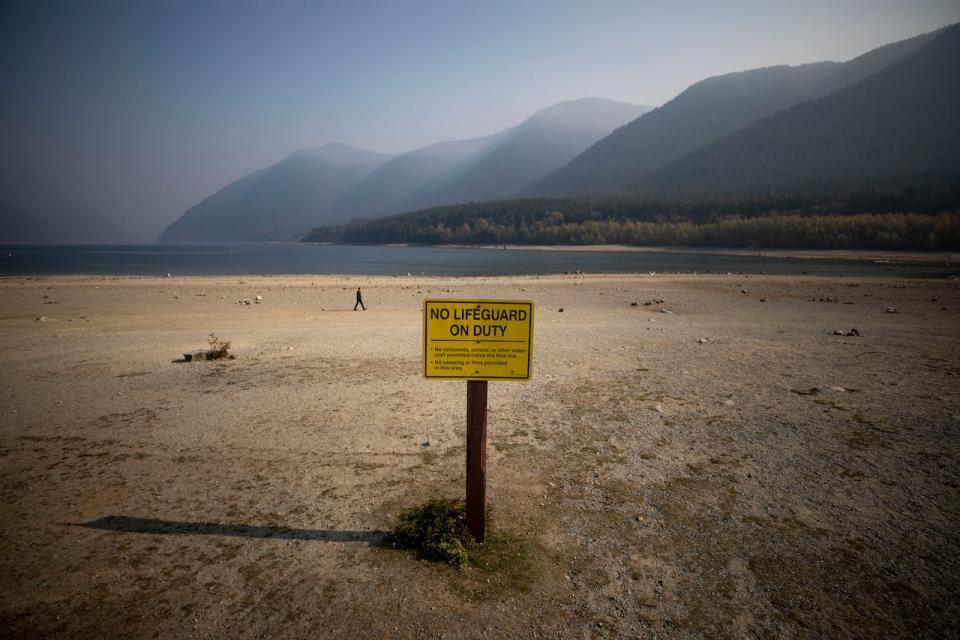After a temperature-record-breaking winter, researchers around the world are taking a close look at how human disturbances and a rapidly changing climate are affecting the world’s freshwater supply.
“We’re reducing both the quantity of water and the quality of water,” says Katrina Moser, an associate professor in the department of geography and environment at Western University. “Some places have a bigger impact on quality. Some places we have a bigger impact on quantity. But this double whammy will really impact water availability as we move into the future.”
Although our planet is covered with water, 97 percent of it is salty and only three percent is fresh water, found in glaciers, rivers, lakes, wetlands, and subsurface groundwater. It is vital to support our environment, food and health.
Canada is home to 20 percent of the world’s fresh water. But less than half of that is accessible, and an even smaller portion is available to the majority of Canadians living near the southern border.
“How lucky we are in Canada to have so much fresh water. I think we often take that for granted,” Moser said.
“And so with this incredible wealth [and] “With privilege also comes the responsibility to protect that water.”
Altering the water cycle beyond recognition
A new study from Finland that analyzed freshwater resources around the world found that humans are pushing freshwater systems far beyond the stable conditions they need to function normally.
“We need to start seeing the global water cycle for what it really is. It is a global and important aspect of the Earth system on which we all depend,” said Miina Porkka, an associate professor at the University of Eastern Finland. to work. “All life on Earth depends on it. So it’s our collective responsibility.”
The water cycle is the process by which water evaporates from land and oceans, is stored in the atmosphere, and falls to Earth as precipitation. It is then filtered from lakes, rivers or groundwater systems and eventually evaporates back into the atmosphere.
But humans have altered the ecosystem with dams, large-scale irrigation systems, deforestation and wetland removal, so the conditions needed for the ecosystem to function normally are no longer met, Porkka said.
“We know that ecosystems adapt to certain variability.”
“You can start to have serious ecological impacts, serious impacts on the cycle of water itself, and that can then translate into serious ecological impacts not just in the current area but elsewhere as well.”


A group of shovelers attempt to clear driveways in Sydney, N.S. Although there has been less snowfall overall this winter, in February Atlantic Canada experienced its biggest snowstorm in two decades. Extreme storms are more likely to occur under climate change conditions. (Blair Rhodes/CBC)
And of course there is the impact of climate change.
According to David Phillips, Senior Climatologist for Environment and Climate Change Canada, much of Canada is in snow deficit following a record-breaking warm winter.
“Anyway [snow] There were no people left because the weather was too hot. From a water supply perspective, you want it to stay, but instead it melted away,” Phillips said.
Snow acts as a reservoir and slowly releases water in spring and early summer. This melt provides water to more than a billion people worldwide. However, a warmer climate changes how this process works.
“The snow gets warmer, the temperature at which it falls gets warmer, and the stable air temperatures get warmer,” said Christina Aragon, a doctoral student at Oregon State University. “Snowpacks do not function as natural reservoirs as they did in our past.”
In a recent study, Aragon and colleagues found a 22 percent decrease in the amount of water stored in snowpack in the mountains of the United States over the past 40 years.
“As a water researcher, I think this is pretty discouraging, but pretty motivating to take action on climate change,” Aragon said.


Boats docked at Central Marine in Stuart, Fla., are surrounded by blue-green algae. Researchers warn that agricultural runoff and warm waters could lead to increased algae outbreaks in freshwater lakes. (Greg Lovett/AP via The Palm Beach Post)
Less water downstream, combined with higher temperatures, can lead to droughts, wildfires, and water quality problems with remaining water.
“When we remove the ice cover, we give the water more time to evaporate,” said Katrina Moser of Western University. “We can see that lake levels are decreasing and salinity is increasing. If you change the salinity even slightly, that can have profound effects on the organisms that live in those lakes.”
But he says the effects of climate change vary from place to place, even within Canada. While the Prairies and west coast are experiencing less precipitation, precipitation is expected to increase in Ontario; This can lead to flooding, increased erosion and nutrient runoff. This could lead to harmful algal blooms in the Great Lakes.
Groundwater is decreasing but there is a silver lining
While most of the world’s freshwater is trapped in glaciers, the largest amount of available freshwater can be found buried beneath the surface.
“Groundwater is under your feet everywhere in the landscape. If you start digging, you’ll find groundwater everywhere on Earth,” said Scott Jasechko, an associate professor at the Bren School of Environmental Science and Management at the University of California, Santa Barbara. .
Groundwater is a very important resource for our planet; 10 million Canadians rely on groundwater for drinking water. It also provides almost half of the water used in irrigation projects worldwide.


People walk along the receding shoreline of Alouette Lake in B.C. The lake is a BC Hydro reservoir where water is regularly diverted to produce energy, but in recent years drought-like conditions have threatened energy supplies and animal habitats. (Ben Nelms/CBC)
But this high demand makes groundwater the world’s most extracted raw material; 70 percent of global groundwater is used for agriculture, whether growing food, industrial products or raising animals.
For a recent study, Jasechko and his colleagues examined groundwater levels in nearly 1,700 aquifers in more than 40 countries and analyzed how water levels changed over time. They found that groundwater levels in most aquifers are declining faster than the water cycle can replenish them.
While researchers haven’t seen a significant decline in Canadian groundwater, Jasechko said Canadians are still not off the hook.
“Demand for groundwater may be driven by international markets,” he said. “Canada imports about $5 billion worth of food each year from California alone. This demand for food is driving groundwater pumping in California, and we’re seeing some rapid groundwater table declines in California.”
Depletion of groundwater is not inevitable. – Scott Jasechko, University of California Santa Barbara
However, many of the aquifers did not decline and actually showed signs of recovery.
“We found some rare cases where groundwater levels dropped in the 1980s and ’90s and rebounded in the 21st century. These cases are rare, but I think they provide illustrative examples of how we can make things better.”
These examples include policy changes, water redirection, and infrastructure projects called leaky lakes, which are lakes specifically built to collect water to recharge aquifers.
Finally, Jasechko said he wants people at both the government and individual levels to be more aware of groundwater use.
“The biggest lesson we can take from this is that groundwater depletion is not inevitable,” he said. “People have agency, and there are interventions we can implement to turn things around and solve this problem.”